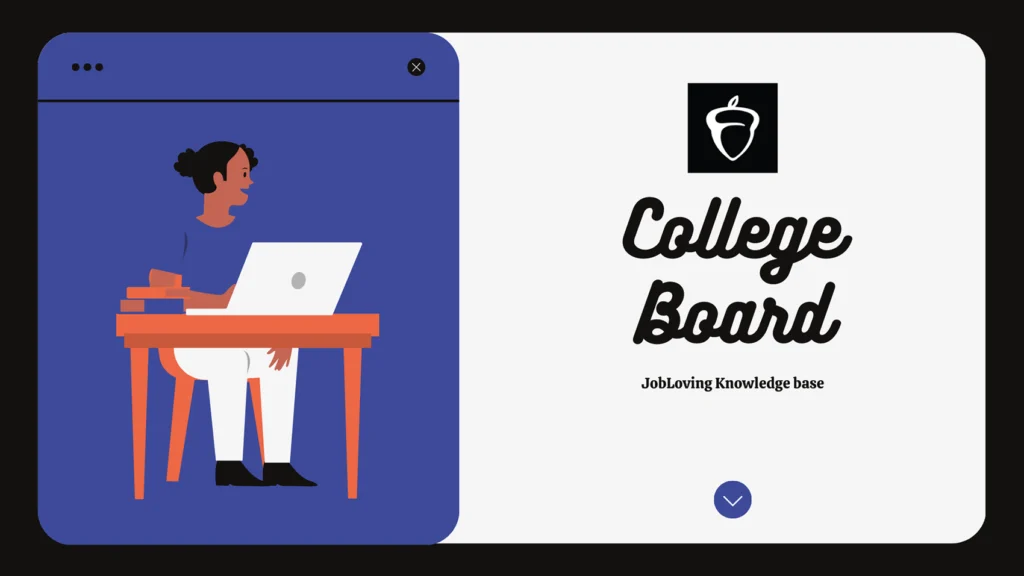How to Copy and Paste from College Board PDFs: A Guide for the Desperate (and the Lazy)
Ah, the College Board. The gatekeeper of your academic dreams, the architect of your standardized test nightmares, and the source of those PDFs that seem to be locked in an impenetrable digital vault. You want to copy and paste from them, you say? Well, buckle up, my friend, because this journey will be fraught with ethical dilemmas, technical hurdles, and a healthy dose of sarcasm.
First things first, let’s be clear: the College Board frowns upon copying and pasting their PDFs. They have a copyright, you see, and they want to protect their precious intellectual property. Think of it as their way of ensuring that you actually learn something instead of just Ctrl+C-ing your way through life.
But, you’re thinking, “I just need a little snippet for my notes!” Or maybe, “I’m just trying to save time!” Okay, okay, I get it. We’ve all been there. But there’s a good reason copying and pasting from these PDFs can be a real pain (no, not the “pain” you feel when you see your SAT score).
The Digital Fort Knox: Why College Board PDFs are So Hard to Crack
College Board PDFs are like digital fortresses, designed to thwart your copy and paste ambitions. They often employ a variety of tactics to discourage you, including:
- The “Copy Protection” Curse: Some PDFs are locked for copying, making your efforts as futile as trying to make a decent cup of coffee from a Keurig.
- The “Image-Heavy” Trap: They might present text as images, rendering your copy and paste attempts as useless as trying to find a decent Wi-Fi signal in a remote village.
- The “LockDown Browser” Lockdown: When taking online exams, you’re often forced to use a LockDown Browser that prevents you from copying, pasting, or even accessing other websites. It’s like being trapped in a digital prison, except without the free snacks.
How to Copy and Paste from College Board PDFs (If You Must)
Now, before you go and break any copyright laws (and possibly your academic career), let’s explore some less-than-ideal, but sometimes necessary, methods for getting that precious text:
1. The “Old School” Method: Manual Typing
This is the most honorable, least-likely-to-get-you-in-trouble option. Just grab your trusty keyboard and start typing. Yes, it’s tedious, yes it’s time-consuming, but hey, you’ll get a great workout for your fingers and maybe even improve your typing speed.
2. The “Screen Capture” Trick
If you just need a small snippet of text, take a screenshot of the relevant section. Then, use a program like OCR (Optical Character Recognition) to convert the image into editable text. It’s not perfect, but it’s better than nothing.
3. The “PDF Unlocker” Gamble
There are various PDF unlocker tools available online. They promise to remove copy protection and make your life easier. But, be warned: some of these tools can be shady, and you might end up with a virus or malware instead of your coveted text. Use them at your own risk.
4. The “Perusall” Workaround
If you’re using the Perusall platform, you can actually copy and paste text from your courses. This is a legitimate way to get the text you need, but it’s only applicable to Perusall-specific content.
5. The “Print and Scan” Desperation Move
This is a last resort, folks. Print the PDF, scan the relevant page, and then use OCR to convert the scanned image back into text. It’s a bit of a roundabout way to do things, but sometimes it’s the only option.
The Ethical Dilemma: To Copy or Not to Copy?
Okay, let’s be real here. Copying and pasting content from the College Board (without permission) is a slippery slope. It’s a bit like stealing a cookie from the cookie jar, except the cookie jar is full of standardized test questions.
Here’s the deal: the College Board has strict rules about using their materials. They want to ensure that everyone has a fair chance to succeed on their tests. Copying and pasting could give you an unfair advantage.
So, What’s the Verdict?
Ultimately, the decision of whether or not to copy and paste from College Board PDFs is yours. But, do so at your own risk. Remember, the College Board is like a watchful eye, always looking for cheaters. And if they catch you, the consequences could be severe.
Need More Help?
If you’re still struggling to copy and paste from College Board PDFs, or if you have any other questions about the College Board or the standardized testing process, reach out to the JobLoving community. We’ll do our best to guide you through the treacherous waters of college applications and exams. Just don’t ask us to help you cheat. We’re not in the business of breaking the rules (although, we might have a few tips on how to bend them).

